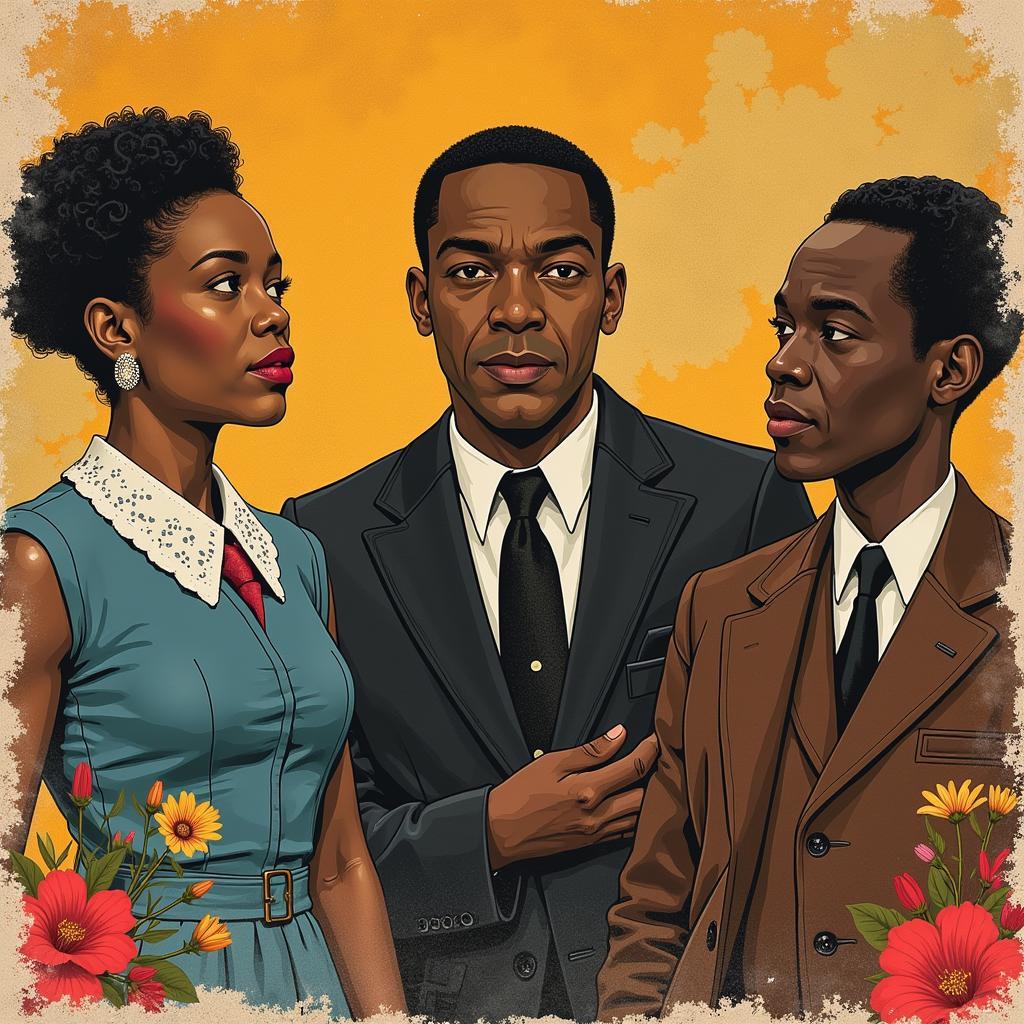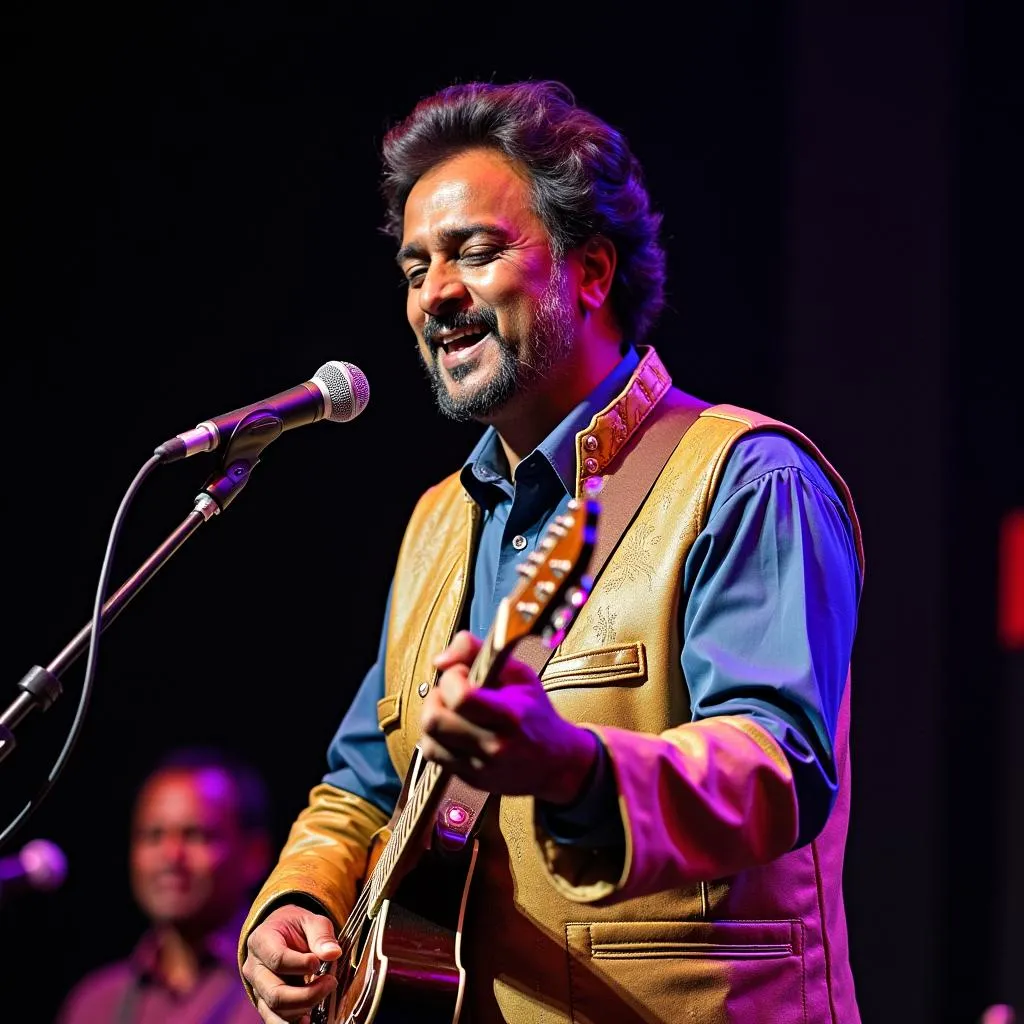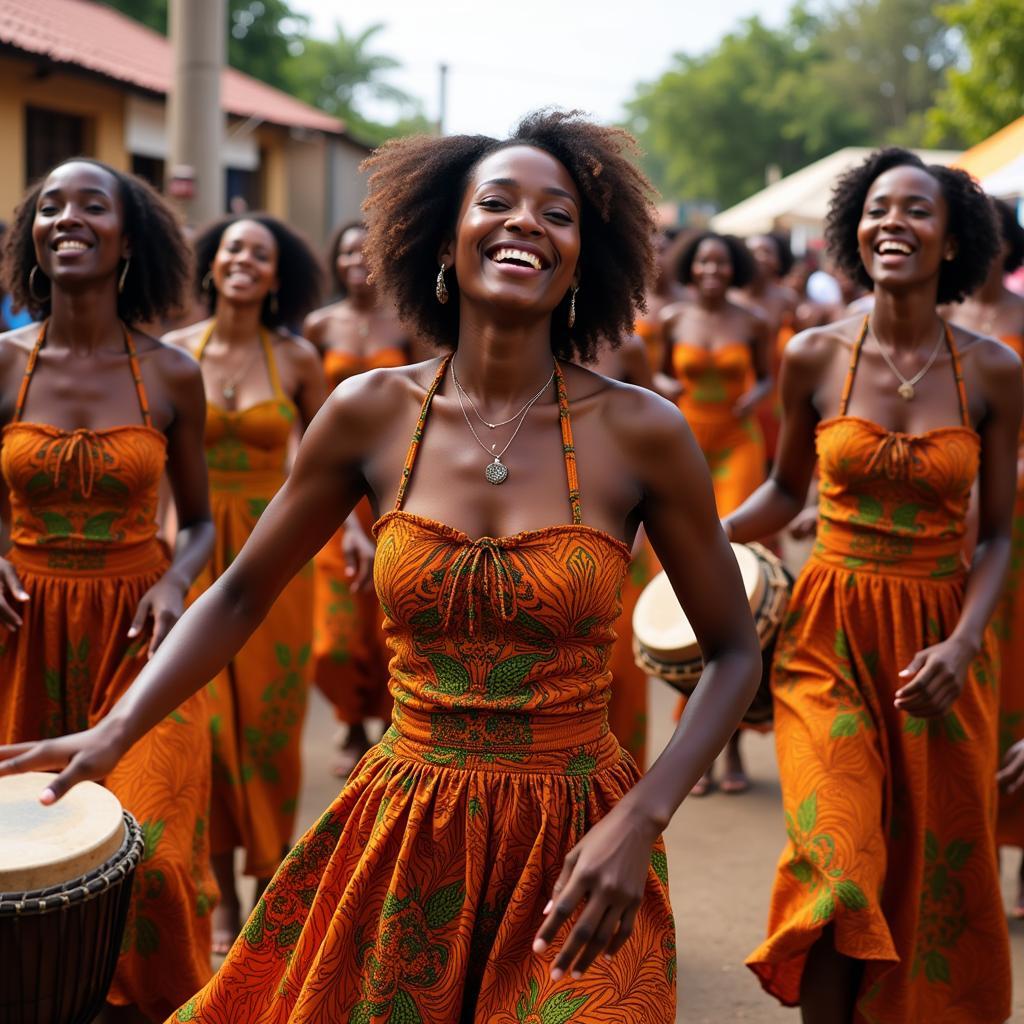Exploring African American Fiction from Modernism
African American fiction from Modernism offers a powerful lens through which to understand the complexities of Black identity, experience, and resilience in the 20th century and beyond. This period witnessed a flourishing of literary talent, challenging established norms and giving voice to a previously marginalized community. From the Harlem Renaissance to the Black Arts Movement, African American writers engaged with modernist aesthetics and themes, while simultaneously forging new literary paths.
The Rise of a Literary Voice: Contextualizing African American Fiction from Modernism
The early 20th century saw a significant shift in African American demographics, with the Great Migration leading many Black Americans from the rural South to urban centers in the North. This movement fostered a sense of community and spurred artistic expression, culminating in the Harlem Renaissance. This cultural explosion provided fertile ground for writers to explore themes of identity, racism, and the search for belonging in a rapidly changing world. African American fiction from Modernism wasn’t simply imitating European forms; it was reimagining them, infusing them with the unique rhythms, cadences, and experiences of Black life.
Key Figures of the Harlem Renaissance and Beyond
The Harlem Renaissance produced some of the most iconic figures in African American literature. Zora Neale Hurston, with her vibrant portrayals of Black Southern life, challenged prevailing stereotypes and celebrated the richness of Black folk culture. Langston Hughes, a prolific poet, playwright, and novelist, captured the everyday struggles and triumphs of Black Americans in his powerful and accessible work. Richard Wright, known for his unflinching depictions of racial injustice and the psychological toll of racism, became a leading voice in American literature.
 Harlem Renaissance Key Figures: Hurston, Hughes, and Wright
Harlem Renaissance Key Figures: Hurston, Hughes, and Wright
These writers, along with many others, laid the groundwork for future generations of African American authors who continued to grapple with issues of race, identity, and social justice in their work. Their contributions extended beyond just literary achievements, impacting the broader cultural landscape and paving the way for the Civil Rights Movement.
Modernist Techniques and African American Storytelling
African American writers engaged with modernist techniques in innovative ways, adapting them to express the complexities of the Black experience. Stream of consciousness, fragmentation, and experimentation with form became tools for exploring the psychological impact of racism and the struggle for self-definition. These writers didn’t shy away from difficult subjects, instead confronting them head-on with both artistry and raw emotion.
Experimentation with Form and Language
Authors like Jean Toomer, in his groundbreaking novel Cane, blended poetry and prose to create a fragmented yet powerful portrait of Black life in both the rural South and the urban North. This experimentation with form mirrored the fractured nature of Black identity in a society marked by segregation and discrimination. The use of dialect and vernacular language also became a powerful tool for asserting cultural identity and challenging the dominance of standard English in literary circles.
“African American writers during the Modernist period weren’t simply borrowing techniques; they were transforming them, making them their own,” notes Dr. Anika Sharma, Professor of African American Literature at Columbia University.
Beyond the Harlem Renaissance: The Continuing Evolution
The impact of the Harlem Renaissance extended far beyond its chronological boundaries. Its legacy can be seen in the Black Arts Movement of the 1960s and 70s, which saw a resurgence of Black literary and artistic expression. Writers like James Baldwin, Toni Morrison, and Ralph Ellison built upon the foundation laid by their predecessors, continuing to push the boundaries of African American literature and exploring new themes and styles.
A Legacy of Resistance and Resilience
African American fiction from Modernism is a testament to the power of storytelling to shape and reshape our understanding of the world. It’s a literature of resistance, resilience, and ultimately, hope. These writers, through their powerful and evocative words, challenged societal norms, gave voice to the marginalized, and left an indelible mark on American literature and culture.
“The literature of this period reminds us of the enduring power of the human spirit to overcome adversity and to create beauty even in the face of unimaginable hardship,” observes Dr. Kwame Asante, a renowned scholar of 20th-century African American literature at the University of Lagos.
Conclusion: A Continuing Conversation
African American fiction from Modernism remains essential reading for anyone seeking to understand the complexities of American history and culture. It is a literature that continues to speak to us today, offering insights into issues of race, identity, and social justice that are as relevant now as they were a century ago. By exploring these powerful narratives, we gain a deeper understanding of the past and a renewed appreciation for the enduring power of the human spirit.
FAQ
- What is the significance of the Harlem Renaissance in African American literature?
- Who are some of the key figures of the Harlem Renaissance?
- How did African American writers engage with modernist techniques?
- What are some of the key themes explored in African American fiction from Modernism?
- How did the Harlem Renaissance influence later literary movements?
- Where can I find more resources on African American literature from Modernism?
- What are some contemporary authors who have been influenced by this period?
Situations and Frequently Asked Questions
What are some good books to start with if I want to learn more about African American literature from Modernism?
How can I incorporate these texts into my classroom curriculum?
Suggested Further Reading and Related Topics:
- The Black Arts Movement
- Postmodern African American Literature
- The Impact of the Civil Rights Movement on African American Literature
For further assistance, please contact us at Phone Number: +255768904061, Email: kaka.mag@gmail.com or visit our office at Mbarali DC Mawindi, Kangaga, Tanzania. We have a 24/7 customer service team.




